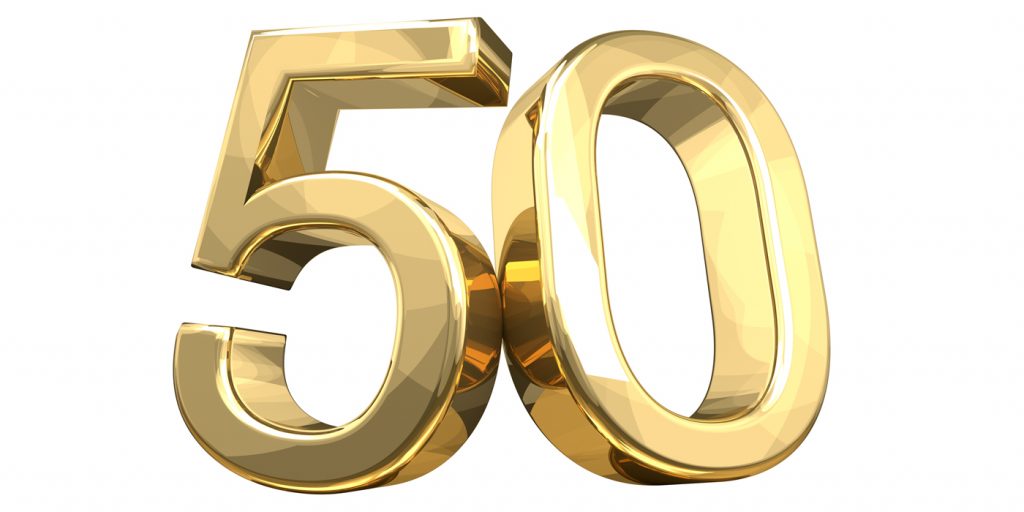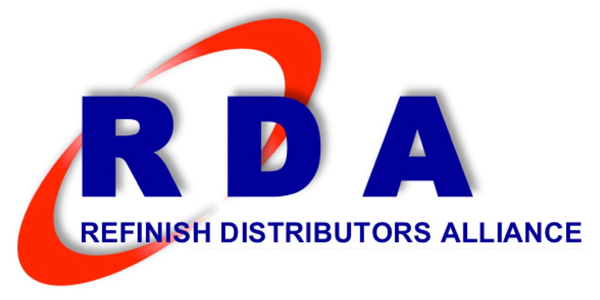This is my 50th year in our industry and my 32nd in the pages of BodyShop Business. That’s a long time to be doing anything. Sometimes it feels like it all flew by in one long blur, and other times, I couldn’t see daylight ahead for all the many doomsdays predicted for collision repair over those five decades.

In a lot of ways, things haven’t changed all that much. Mrs. Smith’s late-model Buick is still fixed by a body shop in her general neighborhood and is still mostly paid for by an insurance company, just like in 1970.
The market for Class A automotive finishes is still distributed among basically the same PBE customer buckets as I had in 1970:
- Standard collision repairs, performed by either a local independent/consolidated body shop or a new car dealership and 90% paid by collision or comprehensive insurance coverage.
- Used car-quality repairs, performed by rotating bands of low-overhead shops or budget repaint franchises and paid for (reluctantly) by the used car managers at the corner car lots and the folks who want something for their high school or factory parking lots.
- Restoration or street rod work, performed by a fraction of the shops who wished they had profitable work like this, when only a tiny number can make this dream body shop job pay off. Paid for by the holy grail of custom body work, the wealthy collector.
- Fleet and big truck repair, performed by specialty commercial, large-stall body shops and paid about 50/50 by the fleet owners and their insurance coverage.
- Do-it-yourself repairs, performed mostly by the same folks who do similar work in a shop or industrial employer during the day. Paid for by their neighbors and family customers or out of their own pockets.
The Biggest Change
The quality of the vehicles we repair is the biggest change, for sure. Back in 1970, it was a race to see what made the paint fail first: the UV rays of the sun or the shoddy application at the assembly line. At the time, quality wasn’t job No. 1 at a Detroit manufacturer; it was more like No. 47 or 51, right after long lunches and many work breaks. I remember vividly (and may have told the story here before) walking by the open hood of a 1970 American sedan in a customer’s shop. As a barely competent amateur mechanic (of necessity, since I had British cars), even I was appalled by the rat’s nest of wires, hoses, vacuum lines and random stuff strung back and forth and over each other all across the top of the engine bay in a brand-new car. Simply following the same connection from firewall to inner fender was a time-consuming challenge. In the next stall was a 1968 Saab with its hood open, and all the plug wires, return lines and hoses were routed neatly through clips and looms and were traceable in seconds. No wonder American cars had a bad reputation in those days.
These days, even the least expensive new vehicles are assembled with really tight tolerances, clever engineering and genuine quality workmanship. As a result, the restoration to “pre-accident condition” has required body shops to adopt the same tight tolerances and quality commitments the OEMs employed in order to get their repairs right. This five-decades-and-ongoing change has spawned both process and equipment advances in collision repair.
Then and Now
In my 50 years, we’ve gone from siphon feed to gravity feed spray guns, from alkyd enamel to acrylic. We went from tape measures and tram gauges to sophisticated 3-D structural measuring systems. We went from crossdraft spray cabins with filtered doors to heated downdrafts, from single rubber band dust masks to Grade D breathable air supply respirators, from single-stage metallics to base/clear to three-stage pearls, from solvent to water, from welding with a torch and tanks to computer-driven wire welders smarter than the technicians. I was there for the first isocyanates in enamels, the first microspheres instead of ground-up talc (hard clay) in body filler. And the single product that made the most difference in our business: two-part epoxy primer. The coating is moisture tight and effectively ended rust as the second most common repair.
The first class from the Inter-Industry Conference on Auto Collison Repair (I-CAR) was all about identifying plastics. It looked like a good way to get technicians accustomed to attending an I-CAR class, but the real goal was to get them to come back and learn how to repair a unicoupe three-sheetmetal box, no-perimeter-frame automobile. And do it before the 1980 Chevrolet Citation hit the streets.
The theory at the time was that all OEM plastic parts would have a little oval circle stamped on every part with the type of plastic spelled out in code: PP for polypropylene, PE for polyethylene, TPUR for thermoset polyurethane, etc. The first I-CAR class offered several tests to determine what type of plastic the part was made from, in the (likely) event there was no stamped oval identifier.
You could burn a sliver of plastic and the smoke would be gray or black or smell like candle wax. Or you could drop a sliver of the mystery plastic in water and it would float or sink depending on what it was. I attended that class way back when and took what I learned out to my customer shops while I tried to sell them the very first plastic welders. Here’s what I recall about that entire escapade: if you took a flame to any of the many unidentified plastic parts, it always smelled like burning plastic – which was little help in identifying which kind of plastic it was.
Education Wins
Among the many things I’ve learned about collision repair over all these years is the absolute fact that formal training makes a big difference in any shop’s success. These days it’s nice to see that the insurance companies are finally seeking out demonstrably trained repair shops too. Proof that your technicians and support staff have been educated has always been a great closing tool, and now it’s on the way to becoming a requirement. Possibly because of all the news about collision litigation and repair liability, pre- and post-repair scan data, proof of OE certification and ownership of current repair equipment are soon to be a prerequisite to repair assignment – not just to join their direct repair program but to receive the assignment at all.
Summary
I’ve made lots of predictions about our industry both from the stage and in these pages; sometimes I’ve been right. Sometimes the changes I predicted were just wishful thinking (a uniform national P&M allowance because the paint prices are national? Ha!). Many times, my predictions didn’t come to fruition, just ask my stockbroker. But for sure, something changed in our business several times each year, and after 50 of them, that’s a lot of change. One of my most cherished predictions continues to be true: whatever hurdle the OEMs or federal regulators or insurance companies throw in our path, we will continue to restore our customers’ vehicles to a safe, invisible, pre-accident condition. And at a bargain price too. Nice job everyone, keep up the good work!
Mark R. Clark is the owner of Professional PBE Systems in Waterloo, Iowa. He’s a popular industry speaker and consultant and is celebrating his 32nd year as a contributing editor to BodyShop Business.













